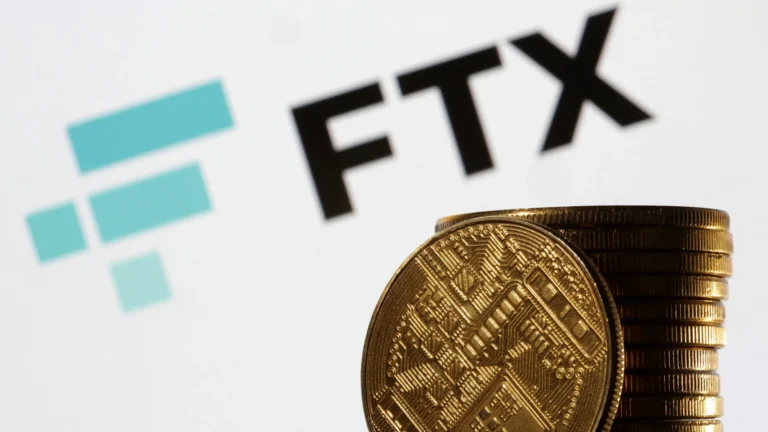The long wait is over — or is it just beginning?
FTX, the once-mighty crypto exchange that collapsed in 2022, has finally started giving back money to some of its customers. But here’s the twist: not everyone is getting what they hoped for — and the battle isn’t over yet. Let’s break it down step by step.
🌪️ What Happened?
- FTX Bankruptcy: In 2022, FTX went bankrupt, leaving millions of customers without access to their funds.
- Recovery Plan: A judge approved a plan in October 2024 that promised to repay 98% of creditors at least 118% of their claims — but in cash, not crypto.
- CEO Sentenced: FTX’s ex-CEO Sam Bankman-Fried (SBF) was found guilty of fraud and conspiracy, landing him almost 25 years in prison.
🔥 What’s Happening Now?
- Initial Payments Begin:
- Convenience class customers — people claiming up to $50,000 — will start getting their money within 1 to 3 business days.
- These payouts will be processed through BitGo and Kraken, two trusted crypto platforms.
- Next Round of Payments:
- The next distribution is set for April 11, 2025 — so not everyone’s getting their money just yet.
⚠️ The Catch — Why Are People Upset?
- Cash, Not Crypto: While FTX is repaying customers, it’s doing so based on the value of their crypto at the time of bankruptcy in 2022 — not its current value.
- Example: Imagine you had 1 BTC stuck in FTX when it collapsed. Back then, BTC might have been worth $20,000. Now, let’s say BTC is worth $50,000 — but you’re only getting the $20,000 in cash.
- Why does this matter? Crypto isn’t just money — it’s an asset that grows in value. Getting paid in cash means customers lose out on the price surge.
📚 Key Words to Remember
- Convenience Class Customers — Small claim holders (up to $50K).
- 118% Claim Value — The amount FTX promises to pay creditors, but in cash.
- In-Kind Payments — Paying back customers in the original form of their assets (crypto) rather than converting it into cash.
- Bankruptcy Estate — The legal entity managing FTX’s remaining assets to pay off debts.
🚀 Why Is This Important for You?
- Understanding the Risks of Centralized Exchanges
- FTX’s collapse shows why self-custody matters. When you keep your crypto on an exchange, you don’t own it — the exchange does.
- Lesson: Use wallets like hardware wallets or cold storage to protect your assets.
- Knowing Your Rights as a Creditor
- The fight over cash vs. in-kind payments shows how important legal and financial knowledge is in crypto.
- Lesson: Always read the fine print of where your funds are stored — and understand what happens if an exchange goes down.
- Tracking Recovery Plans and Court Decisions
- Bankruptcy plans affect how much money you get back — and how fast.
- Lesson: Keeping an eye on legal cases (like FTX’s) can give you clues about how the crypto world is evolving.
💡 Building on This Knowledge
- Research self-custody solutions — like Ledger or Trezor wallets.
- Study crypto bankruptcy cases — like Mt. Gox — to learn how recovery processes work.
- Stay updated on FTX’s case — especially as more payments roll out and the crypto-vs-cash battle heats up.
This isn’t just about FTX — it’s about how secure and fair the crypto world really is. Knowing how to protect yourself and understanding the rules of the game will make you a smarter investor — and a more confident one too.



